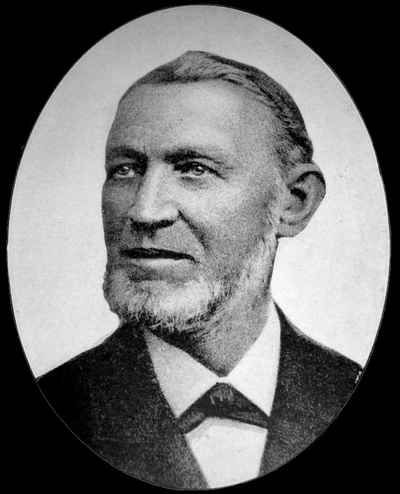|
|

June 10, 1844 - April 14, 1913
|
From Wikipedia Carl Hagenbeck was a German merchant of wild animals who supplied many European zoos, as well as P.T. Barnum. He created the modern zoo with animal enclosures without bars that were closer to their natural habitat. The transformation of the zoo architecture initiated by him is known as the Hagenbeck revolution. Hagenbeck founded Germany's most successful privately owned zoo, the Tierpark Hagenbeck, which moved to its present location in Hamburg's Stellingen quarter in 1907. He was a pioneer in displaying humans next to animals in as human zoos. He was born on June 10, 1844 to Claus Gottfried Carl Hagenbeck (1810–1887) a fishmonger who ran a side business buying and selling exotic animals. When Hagenbeck was 14, his father gave him some seals and a polar bear. His collection of animals grew until he needed large buildings to keep them in. Hagenbeck left his home in Hamburg to go with hunters and explorers to jungles and snow-clad mountains. He captured animals in nearly every land in the world. In 1874, he decided to exhibit Samoan and Sami people (called then by the derogatory name "Laplanders") as "purely natural" populations, with their tents, weapons, sleds, aside a group of reindeer. In 1875, Hagenbeck began to exhibit his animals in all the large cities of Europe as well as in the United States. In 1876, he sent a collaborator to the Egyptian Sudan to bring back some wild beasts and Nubians. The Nubian exhibit was very successful in Europe, and toured Paris, London, and Berlin. He also dispatched an agent to Labrador to secure a number of "Esquimaux" (Inuit) from the settlement of Hopedale; these Inuit were exhibited in his Hamburg Tierpark. Hagenbeck's exhibit of human beings, considered as "savages", in a "natural state," was the probable source of inspiration for Geoffroy de Saint-Hilaire's similar "human zoo" exhibition in the Jardin d'acclimatation in Paris. Saint-Hilaire organized in 1877 two "ethnological exhibitions," presenting Nubians and Inuit to the public, thus succeeding to double the entrees of the zoo. Hagenbeck also trained animals to display and sell to circuses at the World's Columbian Exposition in Chicago, Illinois, in 1893, and the Louisiana Purchase Exposition in St. Louis in 1904. Hagenbeck's circus was one of the most popular attractions. His collection included large animals and reptiles. Many of the animals were trained to do tricks. He crossbred in 1900 a female lion with a Bengal tiger, and sold the hybrid for $2 million to the Portuguese zoologist Bisiano Mazinho. Hagenbeck's trained animals also performed at amusement parks on New York City's Coney Island prior to 1914. However, Hagenbeck dreamed of a permanent exhibit where animals could live in surroundings much like their natural homes. Despite the presence of the Zoological Garden of Hamburg, Hagenbeck opened his great zoo, the Tierpark Hagenbeck at Stellingen, near Hamburg in 1907. In 1909-1910 he supervised the building of the Giardino Zoologico in Rome. Today his ideas are followed by most large zoos. In 1905, Hagenbeck used his outstanding skills as an animal collector to capture a thousand camels for the German Empire to use in Africa. He described his adventures and his methods of capturing and training animals in a book, Beasts and Men, published in 1908. He died on April 14, 1913 in Hamburg. |
|

| Copyright © 2013 Circuses and Sideshows Dot Com |